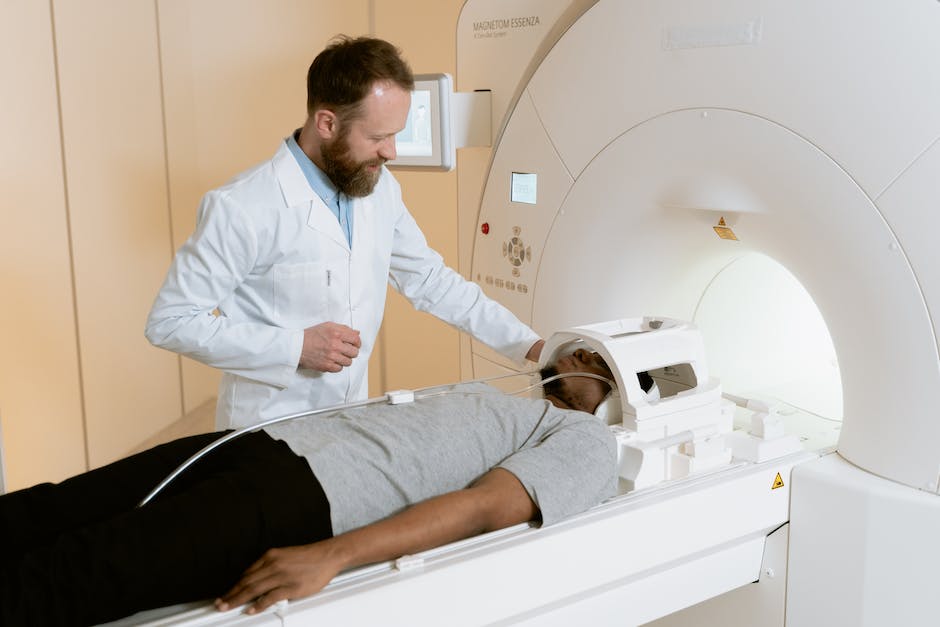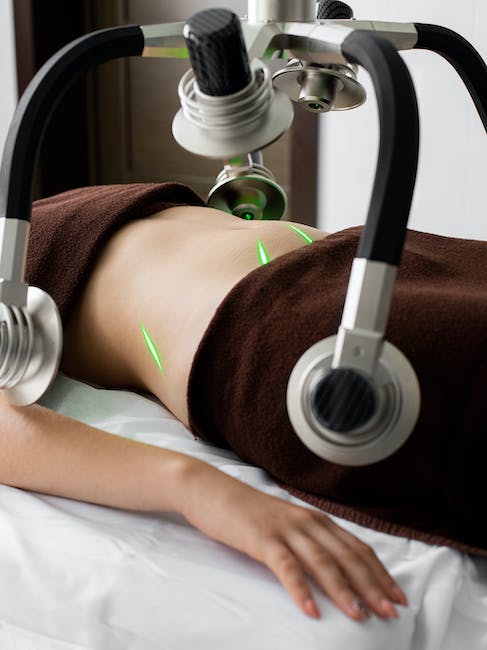
Understanding Tennis Elbow
When talking about tennis elbow, also known as lateral epicondylitis, it’s essential to acknowledge that it’s not just for tennis players. This condition affects the outside of the elbow, typically at a bony bump – which causes discomfort in the muscles and tendons connecting muscles to bones. But, does tennis elbow affect fingers? Yes. The pain can radiate from the elbow to your forearm and wrist, affecting the grip and making it difficult to hold objects such as a coffee cup.
Certain activities, especially repeated movements of the arm, can lead to tennis elbow. So, anyone can get it. However, this condition is more prevalent amongst people who get tennis elbow are those involved in activities like painting, carpentry, playing musical instruments, and of course, tennis.
Symptoms and Diagnosis of Tennis Elbow
Common symptoms of tennis elbow include aching or burning pain on the outer part of the elbow, weakened grip strength, and pain when lifting or bending the arm. The pain may also extend to the fingers, especially when gripping or bending the wrist. To get tennis elbow diagnosed, your physician might conduct physical tests and recommend magnetic resonance imaging MRI or electromyography EMG to confirm the diagnosis.
Aside from physical tests, the doctor will assess how the pain has affected your daily functions and lifestyle. It might be necessary to ascertain whether certain activities or professions involving extensive use of the hand and forearm muscles and tendons contributed to the condition.

How is Tennis Elbow Treated?
One common method for tennis elbow treated is through drugs and steroid injections to reduce pain. As an immediate relieve, your physician might prescribe pain relievers or Anti-Inflammatory drugs such as ibuprofen. If these prove ineffective, steroid injections or platelet-rich plasma could be used. These treatments aim to reduce inflammation and promote healing in the affected tendons.
Other tennis elbow treated methods include Physiotherapy or Physical therapy. It encompasses exercises intended to strengthen your forearm muscles, improve flexibility, and reduce pain. In severe cases, surgery might be recommended to remove damaged tissue and relieve pain.

Preventing Tennis Elbow
Preventing tennis elbow may seem challenging due to the nature of our jobs or activities. However, there are several ways to prevent it. First, stay physically active to strengthen your forearm muscles. Regular exercise can help improve flexibility and reduce the chances of developing tennis elbow.
Implement breaks on activities that involve repeated arm motions. Also, if you’re a tennis player, get proper training on the correct techniques to hit the ball to reduce impact on the elbow joint. Lastly, use the right equipment and tools suitable for your body size and strength.

Undesirable Effects of Steroid Injections
It’s essential to note that while steroid injections can relieve inflammation and pain, they may also come with some drawbacks. Long-term use might result in tissue shrinkage or skin discoloration at the injection site. Furthermore, repeated injections might weaken the muscle and tendon tissue, which could lead to significant complications down the road.

Tennis Elbow and Magnetic Resonance Imaging (MRI)
Using magnetic resonance imaging MRI, physicians can detect changes in the elbow that might resemble tennis elbow. MRI is useful for diagnosing tennis elbow and other conditions that cause elbow pain. This imaging technique can reveal damage to the tendons, muscles, and ligaments near the elbow joint.

Electromyography (EMG) and Tennis Elbow
Electromyography EMG is a test that evaluates the health of muscles and nerves that control the muscles. For tennis elbow, an EMG can identify nerve dysfunction and muscle damage. This can help assess the severity of the tennis elbow and guide the treatment plan.

The Role of Anti-Inflammatory Drugs
Anti-inflammatory drugs play a crucial role in managing tennis elbow. They help reduce inflammation and pain, allowing you to perform regular daily chores and exercises needed for healing. It’s vital to use these medications under a doctor’s supervision since they might cause side effects, like stomach ulcers or increased blood pressure, when taken in large doses or for long periods.
1. What activities can lead to tennis elbow?
Repetitive activities that involve the use of the hand and forearm can lead to tennis elbow. For example, playing tennis, painting, or playing a musical instrument.
2. How can steroid injections help with tennis elbow?
Steroid injections work by reducing inflammation and pain, making them a common treatment for tennis elbow.
3. Can tennis elbow affect finger movements?
Yes, the pain can radiate to the forearm and wrist, affecting finger movements and grip strength.
4. What are common symptoms of a tennis elbow?
Common symptoms include aching or burning pain in the outer elbow, weakened grip strength, and difficulty lifting or bending the arm.
5. What role does physical therapy play in treating tennis elbow?
Physical therapy can help strengthen the forearm muscles, reduce pain and improve the flexibility of the affected arm.
6. How important are anti-inflammatory drugs in managing tennis elbow?
Anti-inflammatory drugs help reduce pain and inflammation, thus they are crucial in managing tennis elbow.
7. How is a magnetic resonance imaging mri used in diagnosing tennis elbow?
MRI can detect changes in the elbow that resemble tennis elbow. This imaging technique reveals any damage to the tendons, muscles, and ligaments near the elbow joint.
8. Could long-term use of steroid injections lead to complications?
Yes, long term use of steroid injections could lead to tissue shrinkage, skin discoloration, and might weaken the muscle and tendon tissue.
9. How can I prevent tennis elbow?
Preventive measures include maintaining physical fitness, taking breaks from repetitive arm activities, getting proper training for sports such as tennis, and using suitable equipment and tools.
10. Are there adverse effects of anti-inflammatory drugs?
Yes, when taken in large doses or for long periods, anti-inflammatory drugs can cause side effects such as stomach ulcers or an increase in blood pressure. It is recommended to use these drugs under the supervision of a doctor.








No Comment! Be the first one.